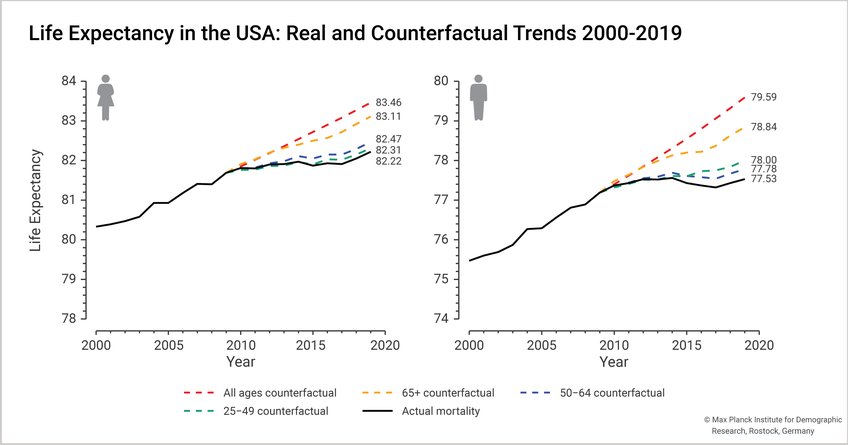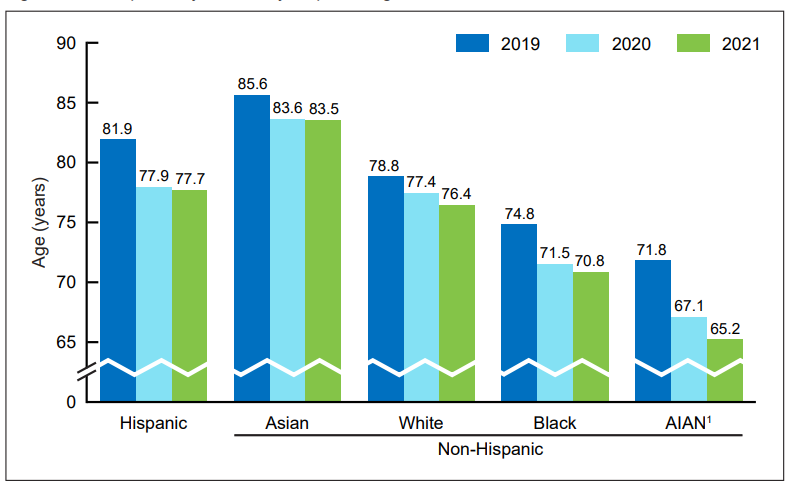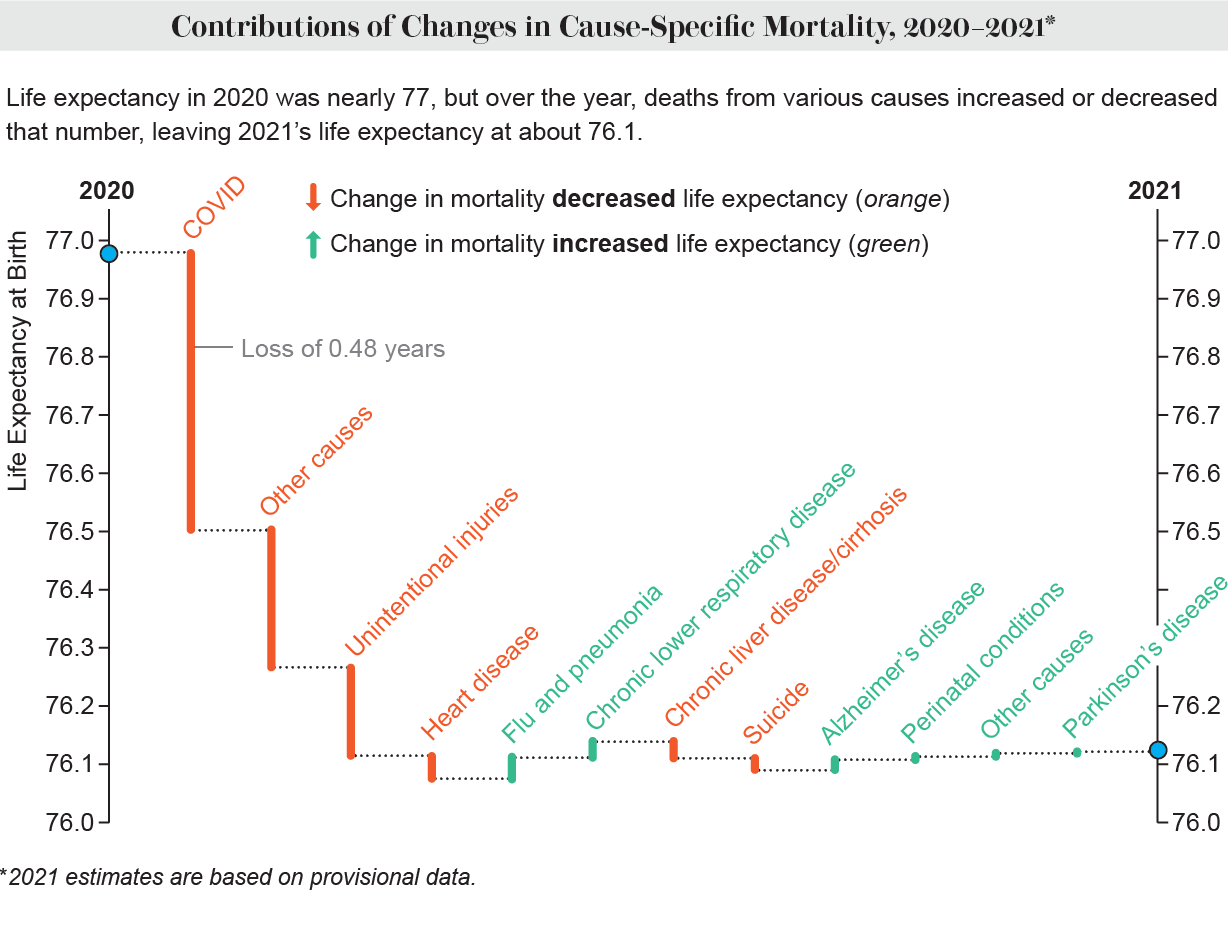Table of Contents
- Forecasting life expectancy, years of life lost, and all-cause and ...
- The U.S. Just Lost 26 Years' Worth of Progress on Life Expectancy ...
- Future life expectancy in 35 industrialised countries: projections with ...
- Life Expectancy in 2020 Fell 2.3 Percent to 77 Years. That Hardly ...
- Six Reasons for Optimism in 2020 - Intellectual Takeout
- US Life Expectancy Stalls Due to Mortality in Retirement Ages | Mirage News
- Life Expectancy 2025 Usa - Cherie Benedetta
- U.S. Experienced Steepest Two-year Decline in Life Expectancy in a ...
- The U.S. Just Lost 26 Years' Worth of Progress on Life Expectancy ...
- U.S. Life Expectancy Drops To 25-Year Low Amid Covid, CDC Data Show



Historical Context: 1960-1980



Advancements and Challenges: 1980-2000



Recent Trends: 2000-2025
According to MacroTrends, the U.S. life expectancy continued to rise, reaching 78.7 years in 2020. Despite this progress, the rate of increase has slowed in recent years. The COVID-19 pandemic has had a profound impact on life expectancy, with a notable decline in 2020 and 2021. Other factors, such as rising rates of drug overdose and suicide, have also contributed to this trend.
Future Projections: 2025 and Beyond
Looking ahead to 2025, life expectancy in the United States is projected to continue its upward trend, albeit at a slower pace. MacroTrends forecasts a life expectancy of 79.1 years by 2025, driven by ongoing advancements in healthcare and improvements in lifestyle factors, such as diet and exercise. However, addressing the ongoing challenges of obesity, mental health, and substance abuse will be crucial to sustaining progress in life expectancy. The trend in U.S. life expectancy from 1960 to 2025 is a testament to the significant progress made in healthcare and technology. While there have been fluctuations and challenges along the way, the overall upward trend is a positive indicator of the nation's health. As we look to the future, it is essential to address the ongoing health challenges and continue investing in healthcare research and education to ensure that life expectancy continues to rise. By understanding the trends and factors influencing life expectancy, we can work towards creating a healthier and more sustainable future for all Americans.For more information on U.S. life expectancy and other macro trends, visit MacroTrends.